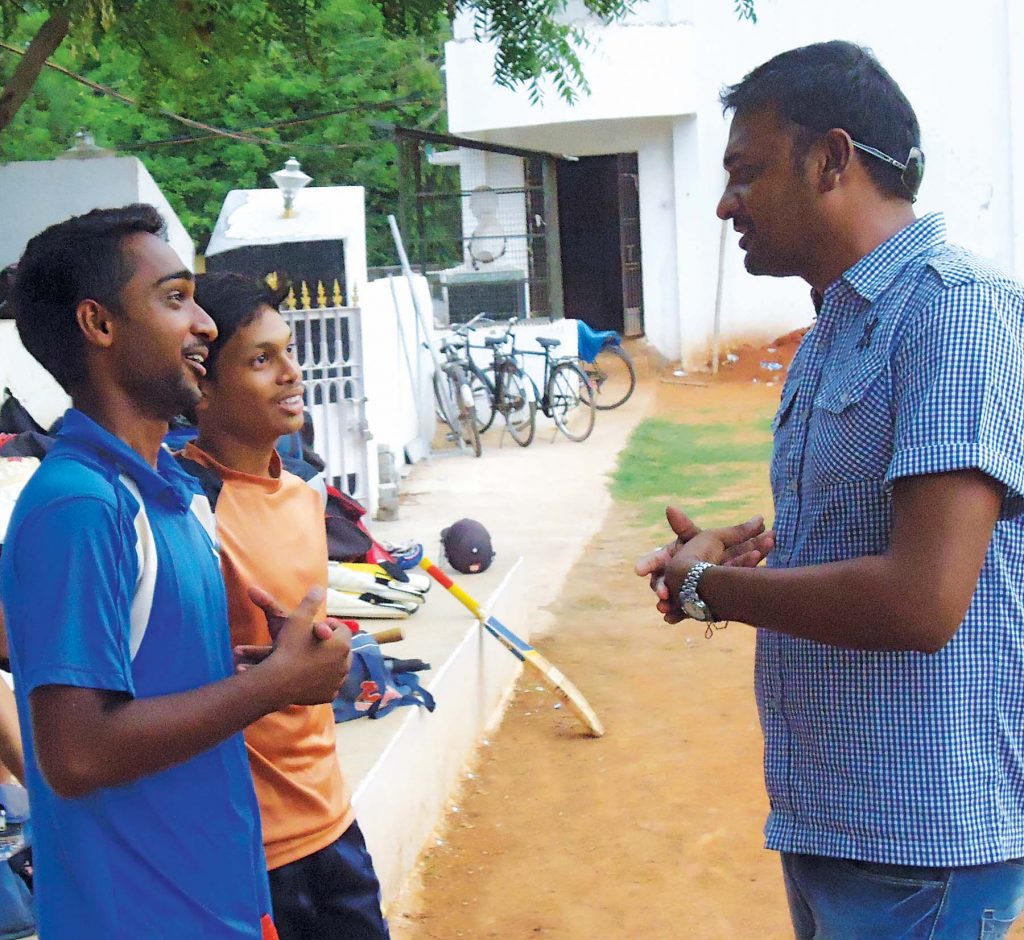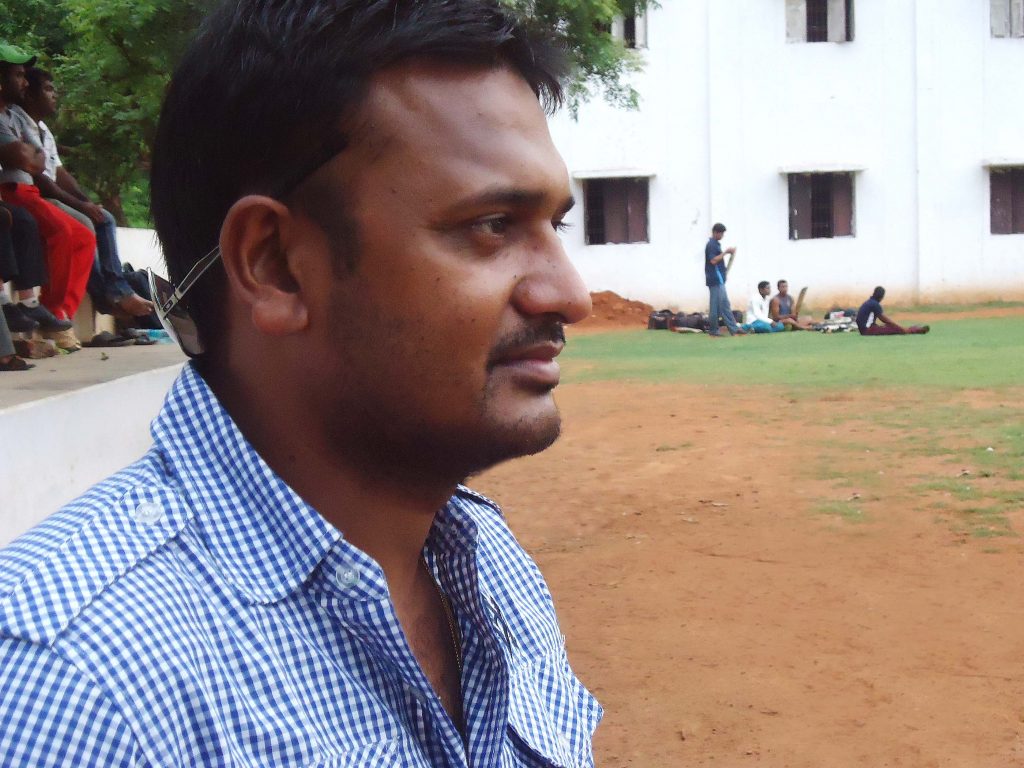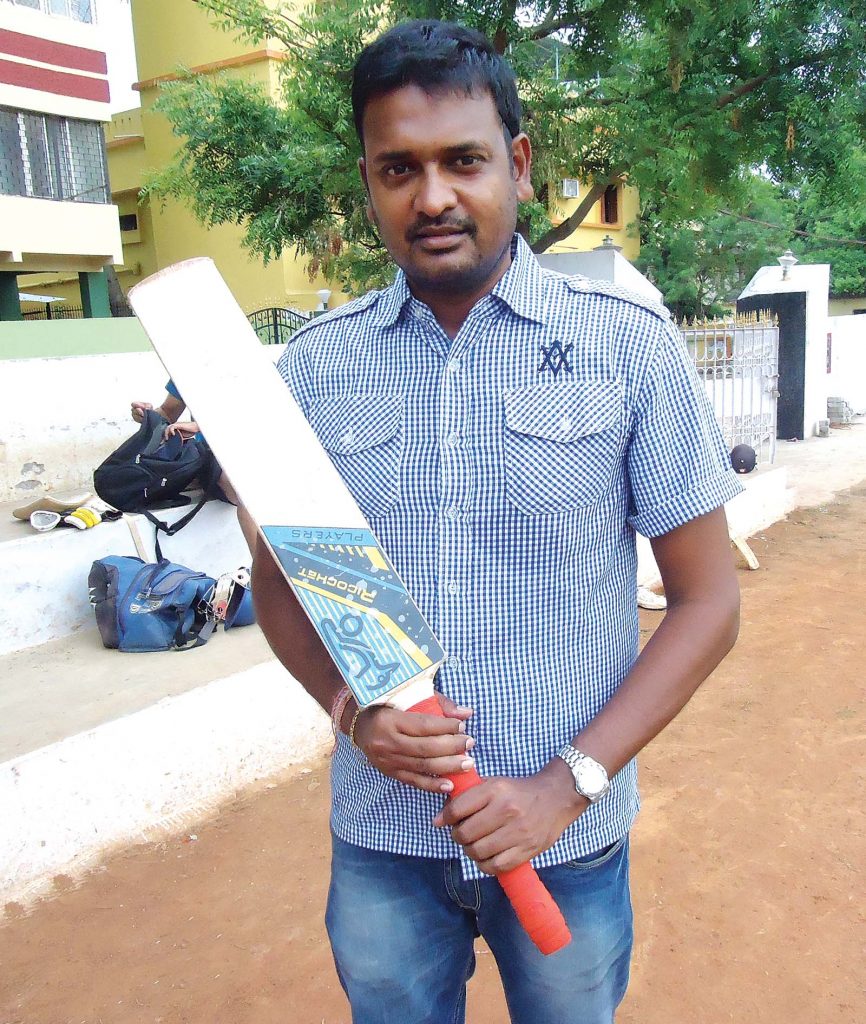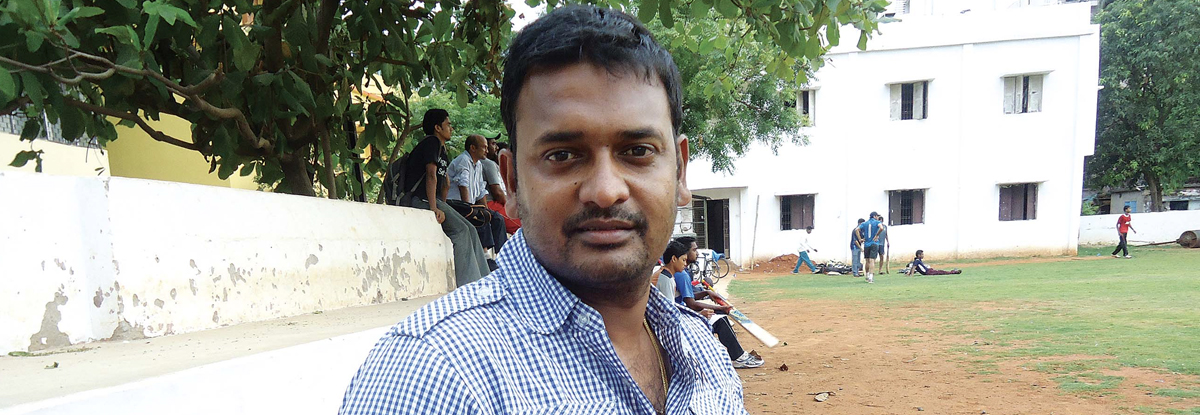A DATE WITH DEBASHISH MOHANTY

It is never easy for a cricketer from one of the weaker States to break into the national side. And on this count, Debashish Mohanty deserves credit for forcing himself into the Indian team on merit. Mohantyʼs bowling impressed coach K Srikanth so deeply that he advocated his early inclusion in the senior side. A medium pace bowler capable of achieving quite a bit of movement in helpful conditions, Mohantyʼs worry had been the fact that the selectors had not known what exactly to do with him or where to fit him in. As a right-arm, medium-fast bowler who coupled pace to his naturally lanky frame, he found success mainly in the limited overs format, averaging under 30 and taking over one wicket per game. In English conditions, for example, Mohanty would have been an obvious choice in the playing eleven.
And as he proved in the World Cup, the selectors were right in picking him at the last moment, even though he was not in the original list. Mohanty formed a strong new ball partnership with Venkatesh Prasad and was the second highest Indian wicket taker despite playing four games fewer than the leading Indian wicket taker, Javagal Srinath. Mohanty, along with Harvinder Singh, was instrumental in winning one of the Sahara Cup series against Pakistan in Toronto in the 1990s. He also represented Odisha and East Zone in the Ranji Trophy and Duleep Trophy respectively.

Mohanty played in two Tests and 45 One Day Internationals from 1997 to 2001. There was a period, beginning with the 1999 Cricket World Cup, when he played 17 ODIs and picked up 29 wickets at an average and climbed into the top 20 of the ICC ODI World Rankings. However, with the return of Ajit Agarkar, his chances dwindled and he played only seven other games thereafter. In the 2000-01 season, Mohanty took 10 for 46, playing in a first-class match for East Zone versus South Zone at Agartala, his career-best innings analysis, and so achieved the rare feat of taking all ten wickets in an innings. In 2006, he joined Colwyn Bay Cricket Club in Wales as a club professional. Employed by NALCO, Bhubaneswar, he has been appointed the coach for Odisha Ranji team, replacing Michael Bevan. He coached the East Zone team and East Zone created history by winning their first Duleep Trophy. His bowling action was rewarded by the ICC as the official action for the 1999 World Cup graphical logo.

In a short tete-a-tete withrare feat of taking all ten wickets in an innings. In 2006, he joined Colwyn Bay Cricket Club in Wales as a club professional. Employed by NALCO, Bhubaneswar, he has been appointed the coach for Odisha Ranji team, replacing Michael Bevan. He coached the East Zone team and East Zone created history by winning their first Duleep Trophy. His bowling action was rewarded by the ICC as the official action for the 1999 World Cup graphical logo.
In a short tete-a-tete with the cricketer himself in Bhubaneswar, Mohanty opened up about his love for cricket and what keeps him currently occupied. Soft-spoken, shy to a fault and sensitive, Debashish said that he had been interested in cricket since his childhood. “I must have been around seven years of age when I started playing cricket. I was very fond of the game and never dreamt that one day I would play for my country. After my Matriculation exams in 1990 I felt that I could now try and make a career out of the game. I was lucky to get a place soon after in the junior cricket team and worked hard under Kamal Ganguli. It was sheer love for the game that kept pushing me to perform better and forge ahead. When I finally played for the Ranji Trophy, I was able to also find myself a job on the sports quota.”

“Playing for the World Cup was a dream come true. I was a last-minute addition to the team but I think I gave it my best shot. As a bowler, you have to know precisely where you wish to pitch the ball. You have to keep your cool despite several impediments. That, I think, is the mark of a true sportsperson – maintaining your equanimity against all odds. Once my professional career ended, I returned to Bhubaneswar. I am currently the coach for the Ranji Trophy team here and spend much of my time training the new players. What we need is perseverance and commitment from players who want to make a career out of any sports, not just cricket. The most important thing is to have a dream. Unless you dream, you can never make it come true! Of course talent counts but, in the end, you have to be driven. There is no substitute for determination, dedication and discipline in any field if you want to achieve success. My aim is to see boys from Odisha make it to the national level. Now I divide my time between Cuttack and Bhubaneswar. After cricket, my next love is music. All kinds of music but I like the fresh, contemporary stuff emerging from very talented musicians all over the globe.”

